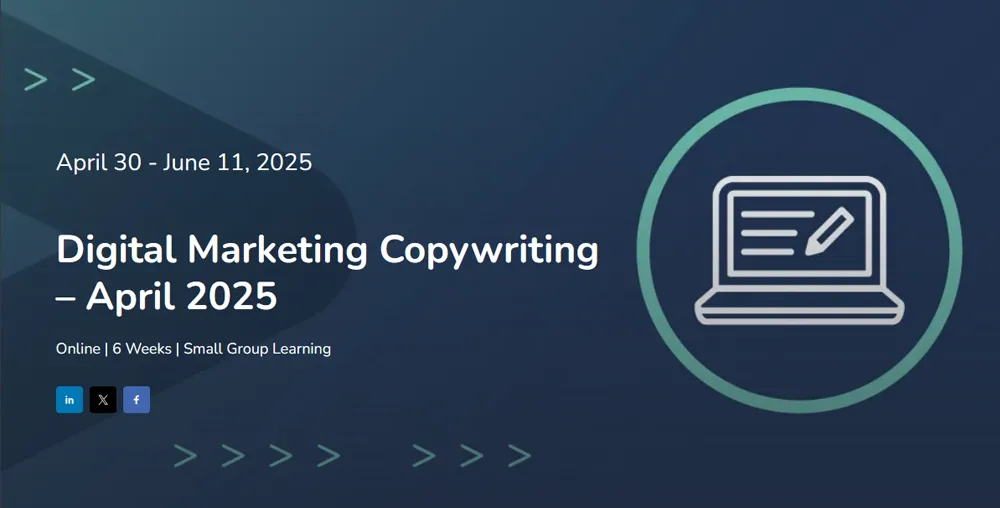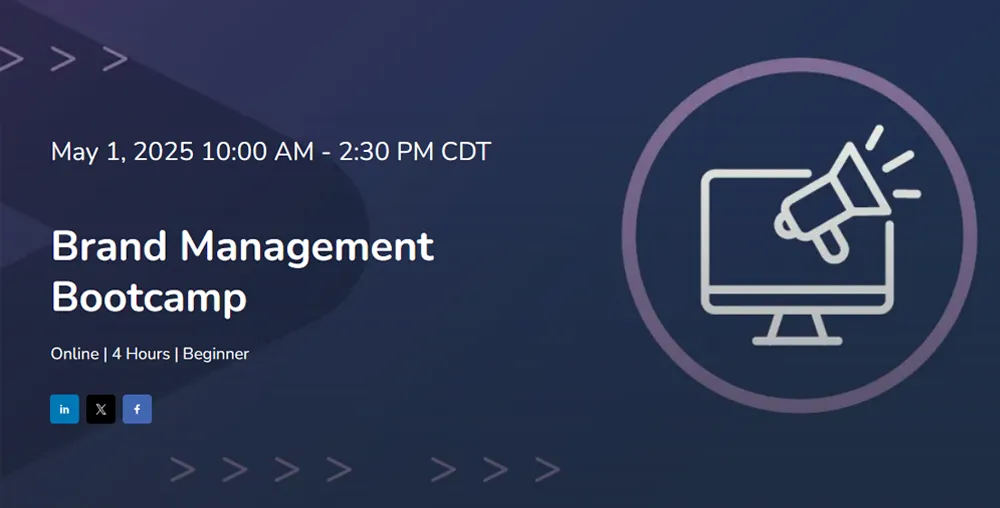Brands have always tried to get the cusomer attention. But a 30- second video no longer inspires us to purchase. ResourceSTUDIO Creative Director Dan Ledman talks about innovative branded content of the past and the most engaging brand created content of today.
******************************************************************************************************************************************
Branded Content: Looking Forward and Looking Back
Written By: Dan Ledman, Creative Director, ResourceSTUDIO
I spent an earlier part of my career as a video editor/motion designer at Abercrombie & Fitch (Zoolander face). It was 2001, and at the time, A&F had a small internal production team dedicated to creating a variety of lifestyle video content for the brand. For three years, I helped create a series of monthly webisodes for a campaign called A&FTV.
The concept involved taking brand reps (the amazing-looking kids folding clothes in the stores) and pairing them with pro athletes and aspirational types—sort of a day-in-the-life-of-someone-doing-something-cool. As a video editor, it was a dream job. Hot people doing cool things in exotic locations set to great music. What wasn’t to like? But what did A&F consumers think? Were they tuning in? Were they buying more ripped-up jeans because of A&FTV? Was this video content helping create brand enthusiasts? Was Internet-only lifestyle content (with no hard sell) worth the dollars and effort? While I may not have fully realized it at the time, I suspected we might be on to something.
BEING MARKETED TO—AND LIKING IT
Then I saw The Hire. It was a series of eight short films created exclusively for BMW by powerhouse Hollywood directors like John Frankenheimer (Manchurian Candidate, Ronin), Guy Ritchie (Snatch), and Ang Lee (Life of Pi). It blew my mind that a brand was creating this type of content with such a high production value specifically for the web. Yes, the content featured BMWs, but there was no talk of product benefits and safety features. No mention of sport suspension and luxurious interiors and timely lease specials. Whaaaat?
It was one of the first times, as a consumer, that I was marketed to and liked it. I knew they were trying to sell me a BMW in some twisted roundabout way, but I didn’t care. It wasn’t off-putting—in fact, I loved what they were showing me. For a few short minutes, they showed me something different and amazing on my Internet machine. I didn’t end up buying a 3 Series, but I really wanted to. I wanted to talk about BMW with my friends and be a part of the image they were creating.
The full eight-episode installment of The Hire went on to achieve unexpected levels of success with both consumers and marketers, while also garnering respect from film circles for its entertainment value. BMW sales surged 12% YOY from 2000 to 2001, and then another 17% from 2001 to 2002, and has drawn more than 100 million views to date. The content was so groundbreaking that it received the first-ever Titanium Lion, the highest honor at the Cannes International Advertising Festival, and was named one of AdAge’s Best Non-TV Campaigns of the Decade (00s). What’s more, appetite for the videos was so great that DirecTV launched a BMW channel dedicated to airing The Hire on a loop.
BRANDED WHAT?
In hindsight, most advertisers now consider this bold move in 2001 by BMW as the beginning of branded content, which differs from traditional advertising in that most of the given project’s budget is spent on production of the content rather than its placement. Altimeter Group analyst Rebecca Lieb explains it this way: “Content marketing means producing and leveraging one’s own branded content for marketing purposes rather than ‘renting’ advertising time and space on someone else’s media [broadcast ads aired in the context of larger programmed content/print ads placed in the context of a magazine’s content].” The theory goes that if the content itself is of a high enough quality (read: interesting/entertaining/informative), then consumers will seek it out and consume it.
Both brands and advertisers appear to have accepted and adopted branded content as a valuable component of their marketing strategy. According to an article on ReelSEO last year, 52% of North American companies used video for content marketing—up from 37% in 2009. Entertainment talents, including Ashton Kutcher and Jason Bateman, have launched their own companies specializing in creating original content for brands. And last year, the Cannes International Advertising Festival created a new category and awarded the first Branded Content Grand Prix to Chipotle for their Back to the Start campaign. All of that to say branded content is legit and not to be overlooked.
TWO ROADS DIVERGED…
Automakers, who traditionally have deep pockets as well as long-standing ties to the entertainment industry, continue to be active players in branded content. At the end of 2011, Toyota launched a series titled The One and Only to promote the redesigned 2012 Camry.
If you’ve watched any of BMW’s The Hire, and then you watch the above clip, it shouldn’t take too long to notice some major differences (#missteps) in Toyota’s approach. Overall, they are too heavy-handed in their approach—going out of their way to show off gratuitous wide shots of the car driving in landscapes or focusing in on specific features and benefits (complete with legal disclaimer copy at the bottom of the frame). The omnipresent Toyota logo in the left corner doesn’t necessarily help, either. In short, the marketers appear to be using the ‘story’ to serve the eye-roll-inducing footage of the car. No thanks.
In contrast to Toyota’s The One and Only campaign, automaker Jaguar appears poised to follow BMW’s lead in producing an upcoming film titled Desire, which is designed to promote the release of their new F-Type. Jag is taking clear cues from The Hire, including enlisting A-level Hollywood talent in Ridley Scott’s production company (who also had a hand in The Hire) to produce the project, and the teaser content available on the Jaguar site suggests a cinematic approach that has shown to do well with North American consumers.
I’m already popping my popcorn.
In my next few posts, I’ll highlight some other notable trends and examples of branded content, including Jaguar’s Desire, once it’s released. We’ll see if Jaguar’s Desire can follow and surpass BMW’s The Hire, or if it exits the freeway with Toyota.
To see more blogs by Resource’s Thought Leaders, click here.
Love this blog post and want to engage more with Resource. Make sure to follow them on Twitter.








This was a great event